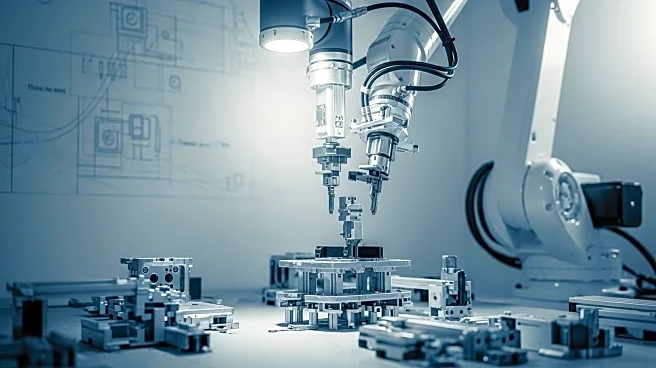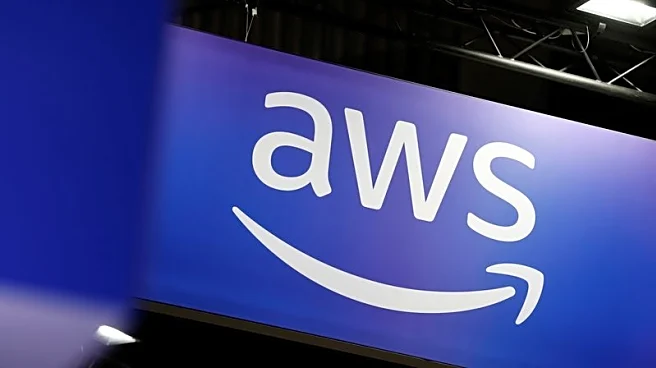What's Happening?
The demand for data centers is increasing rapidly due to the growth of cloud computing, AI, and enterprise infrastructure. In response, the construction industry is focusing on major elements like power capacity, cooling systems, and site selection. However, workforce logistics, which includes the movement of thousands of workers on large job sites, is often overlooked. This oversight can lead to inefficiencies such as traffic bottlenecks, long entry lines, and unsafe pedestrian pathways, impacting schedules, safety, and budgets. Large-scale data center projects can have peak labor counts of 1,000-3,000 skilled tradespeople during critical phases, making efficient workforce movement crucial. CrewLink is one solution that integrates workforce logistics into construction planning, ensuring safe and efficient movement throughout job sites.
Why It's Important?
Incorporating workforce logistics into data center construction planning is becoming essential as it directly affects productivity and project timelines. Poor planning can lead to delays, increased costs, and missed productivity targets. Efficient workforce movement ensures that workers spend more time on productive tasks rather than navigating the site. This approach not only enhances safety but also optimizes the use of resources and reduces the risk of project overruns. As data centers continue to expand, the need for strategic workforce logistics planning will grow, impacting the construction industry's ability to meet demand efficiently.
What's Next?
The construction industry is likely to adopt workforce logistics modeling as a standard practice in preconstruction planning. This involves analyzing worker movements, identifying bottlenecks, and designing strategies to mitigate them before construction begins. Project managers will focus on internal site mobility, ensuring workers can move efficiently between different zones. This proactive approach will help maximize tool time and synchronize workflows, ultimately improving project outcomes. As the industry evolves, companies like CrewLink will play a crucial role in integrating workforce logistics into construction plans, setting new standards for efficiency and safety.
Beyond the Headlines
The integration of workforce logistics into construction planning highlights a shift towards more holistic project management approaches. This development may lead to broader changes in how construction projects are planned and executed, emphasizing the importance of human factors alongside technical and material considerations. It also underscores the growing complexity of modern construction projects, which resemble small cities rather than single buildings. As the industry adapts, there may be increased collaboration between construction firms and logistics experts to develop innovative solutions that enhance efficiency and safety.











